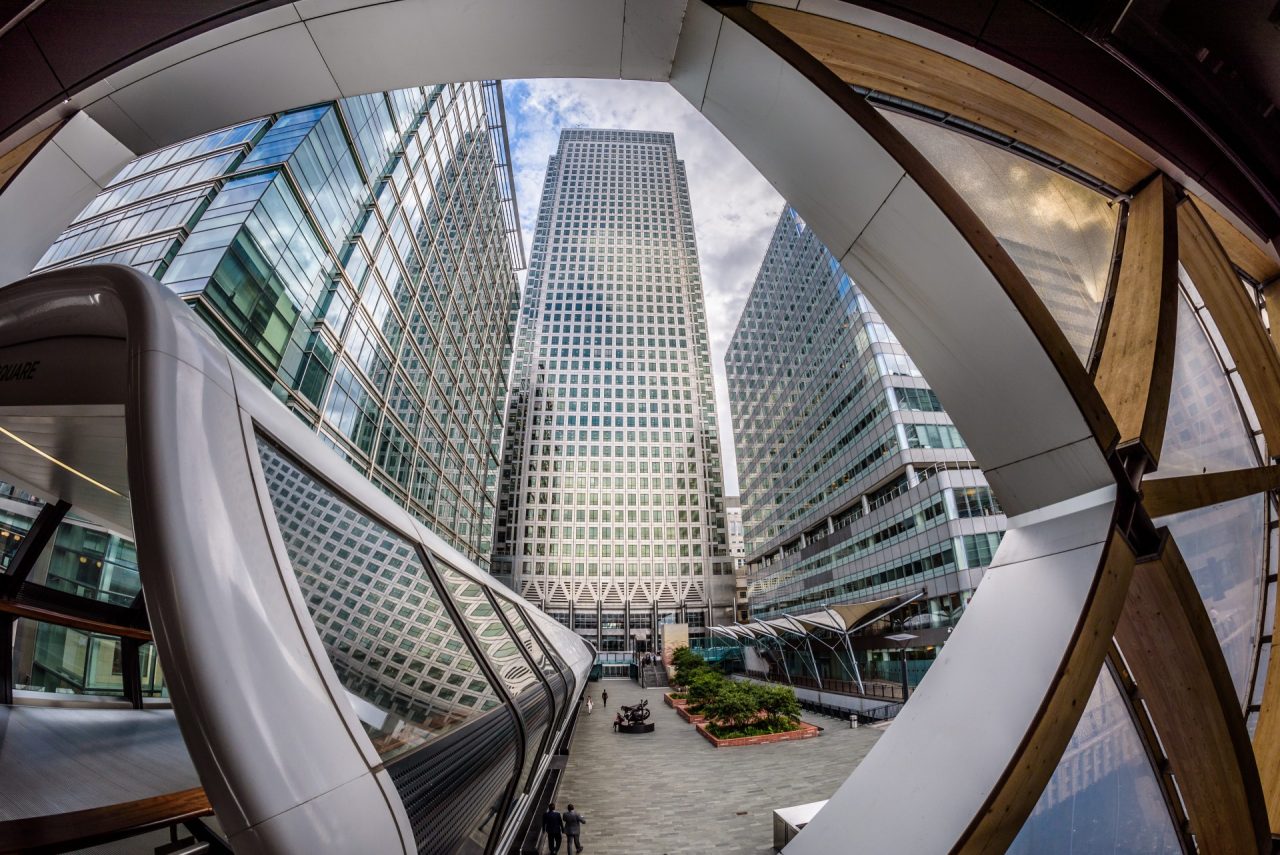London and England are once again grappling with Covid-19. Cases are increasing and government measures to protect residents from the Omicron variant are tightening, but the capital hasn’t slowed down. The city’s main streets are buzzing with people amid the festive season; department store displays beckon; and the Tube keeps crisscrossing the vast metropolitan area regularly from north to south and east to west. In 2022, London aims to cement its status as a global capital: modern, sustainable, and full of vitality and richness. With that goal in mind, work on the Elizabeth Line, part of the Crossrail program, has continued uninterrupted. The inauguration date is expected to be imminent.
The new subway line is one of Europe’s most significant sustainable mobility projects. Its official website confirms that the first section of the line will open in the first half of 2022. Construction work is done, which means the coming months will focus on technical tests. At least 150 different scenarios will be trial-run to ensure the line’s reliability, safety and functionality. In addition to the trains, eight of the ten new stations have already been handed over to Transport for London, the public company in charge of managing the subway lines. Work on the Canary Wharf extension and the new Bond Street station are also almost finished.
Covid hasn’t slowed down the city’s plans. The latest official statement from the Elizabeth Line project confirms that “there is a real desire from everyone involved in the project to continue to build on the strong performance and deliver this railway for passenger service in the first half of next year.”
Elizabeth line: a subway line set to change London’s mobility map
It takes visionary-level aptitude to imagine a new rail line for a city like London, which has one of the oldest and most extensive underground public transport networks in the world. Demographic growth, new buildings, and the many urban development projects currently underway in the city have both increased the demand for transport and rewritten the key routes for large swathes of people on their daily commutes.
The route along the Elizabeth Line is primed to become a benchmark for sustainable mobility in London. According to a study by the local government, the line will help increase the capacity of rail transport in the city center by 10%, a record increase in the last 70 years. The line, once fully completed, will be 100 kilometres (62 miles) long with 42 kilometers (26 miles) of tunnels, connected by 41 stations and able to transport 1.5 million more people every 45 minutes (compared to current averages).
Transport of London is planning for staggered openings of the line, which connects Heathrow Airport to the city center, in early 2022. By autumn, regular connections will be up and running. But full completion won’t happen until 2023, when the official inauguration of the entire line is expected.

The impact of a tube on the London of the future
There’s more to this new line than big investments and international buzz. Its impact on London’s economic development far exceeds expectations. The UK government readily backed this project, largely in response to London’s significant population growth. The structure is strategic, then, to getting the city’s transport systems to an appropriate level for 2030, when the population is expected to reach 10 million. Besides keeping a global metropolis on the move, the line will be a real economic accelerator: estimates show that in terms of jobs created, cuts to transport time, and related spikes in entrepreneurship, the line will generate an additional £42 billion (€49.5 billion) for the UK economy. Looking solely at the impact on the neighborhoods where the new line will pass, 3 million square meters’ (32 million square feet) worth of construction projects are planned – mainly new office spaces.
Urban requalification is at the heart of this project. All the outdoor spaces of the roughly 40 stations affected by the line will be modernised and are expected to become spaces for residents to gather. As a sustainable project, the line is designed to make London greener right from the construction stages to the finish. To that end, three million tonnes of excavation dirt has been reused to create Jubilee Marsh, a new area of coastline, part of the Wallasea Island Wild Coast project; more than 72% of the replaced cement will help reduce harmful emissions; and over the 120-year lifespan of the project, CO2 released into the environment is expected to decrease by 2.5 million tonnes.
It’s no exaggeration: the new line will be life-changing for London’s residents.

